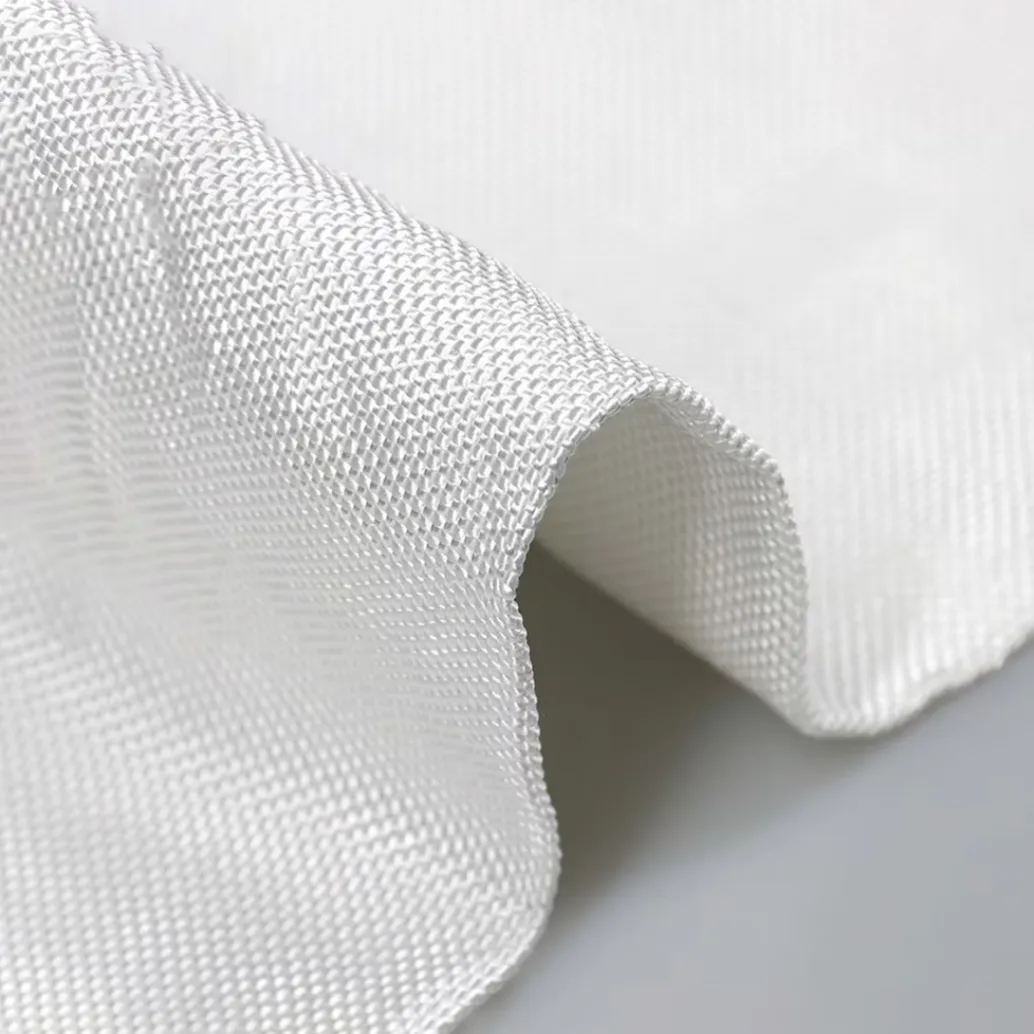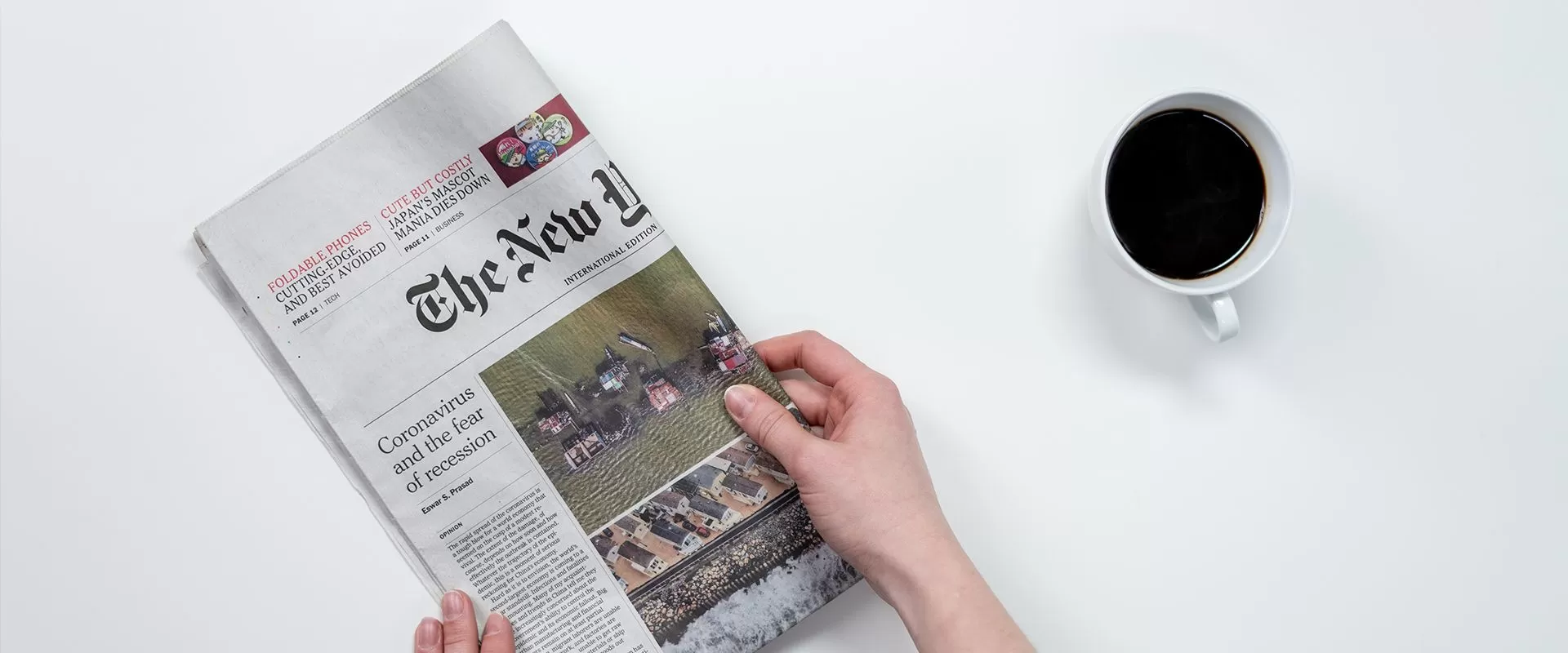How To Select Wear And Tear-Resistant Materials For Long-Lasting Performance
As far as creating strong products, one of the most important factors is the choice of material. Such materials are referred to as wear-and-tear resistant as these can endure tough and rough conditions and can be used for many items such as clothes or soft furnishings as well as industrial usages. Learning the ins and outs of these materials can help you enhance the quality of your products as well as their lifespan.

Knowledge of Wear And Tear Resistant Materials
The wear and tear-resistant materials, by definition, are those that are intended to prevent or resist damage or degradation from abrasion, friction, and wear or from the environment. These include materials including fabrics, plastics, metals, and composites. For instance, Kevlar, nylon, and heavy-duty polyester are being used in making clothes, gears, and industrial parts; the list is almost endless. Knowledge of such materials’ characteristics aids in the selection process depending on the kind of application one intends to use.
Understanding the Use of the Application
The first step towards choosing a material that will withstand the bumps and bruises is a careful assessment of the application. This includes the designed use for the product in terms of its surroundings, for instance, whether it will be exposed to moisture, chemicals, or extreme heat. For instance, if the design is for equipment that will be used mainly outdoors, then the materials should be resistant to water and UV rays. On the other hand, materials used for the inner components of industrial machines are expected to withstand a very high friction and impact level.
Properties of the Material to be used
When it comes to choosing a source material to develop wear and tear protection layering, one needs to be able to look at its tensile strength, abrasion resistance, and flexibility. One can also perform particular tests or look at the specs provided by the manufacturer to get some information on the subject of how the material will react to stress. Look out for any type of certificates or ratings that confirm the strength of the material, especially when it comes to high-stakes operations.
Cost and Sustainability Feature
However, cost and sustainability should also be considered even as, as the first priority is always durability. Looking at some of the wear and tear-resistant materials, quality comes at a premium, but the benefits of lateral expense can be enjoyed in the form of minimum replacements and repairs. Therefore, choose materials that are sustainable and do not cause any environmental harm or can be recycled because this is what modern expectations require.
To conclude, the selection of wear and tear-resistant materials is an understanding of their characteristics, finding out the requirements of the application, cost, and sustainability factors. By choosing wisely, you will be able to give long-lasting benefits and durability to your products. Visit [NIZE] for the best wear and tear-resistant materials. For peace of mind and durability guarantee, invest in these products!

 EN
EN





































